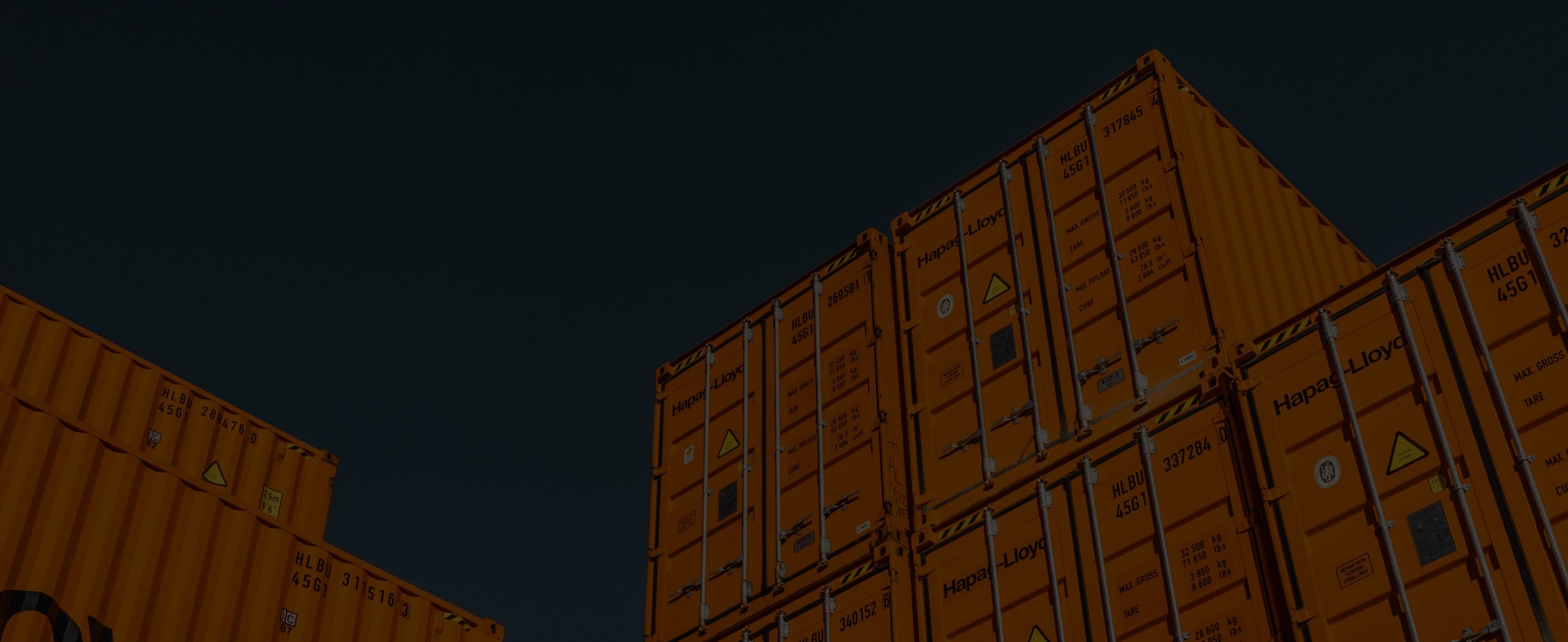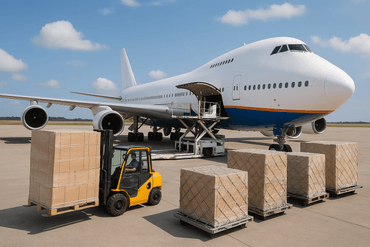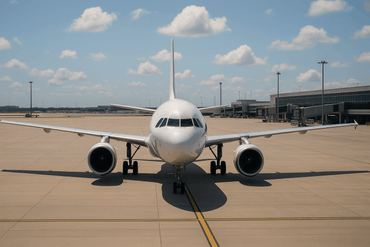
How to properly prepare an LCL shipment



How to properly prepare an LCL shipment
When we send an ocean freight LCL (Less than Container Load) shipment, the merchandise needs to be carefully prepared. It is crucial to keep in mind the differences when you prepare an LCL shipment from a FCL (Full Container Load) shipment. More specifically, since LCL shipments require container sharing, you should take extra caution.
**The most frequent cause for damages to LCL cargo is insufficient packaging. **It’s important to note that certain insurance companies do not provide coverage in the event of this. That said, proper packaging and finding the right material is almost a science in itself. This is not a risk you should take. The difference between using the best possible and most adequate material and some that may be a little too big or small is huge.
If you’re a frequent exporter/shipper, you should already know the norms of preparing an LCL shipment. However, if you’re just starting to dip your foot into the world of exports, here’s a tip: Before you start even looking for container shipping rates, it’s advisable to read up on what to expect and how to properly prepare an LCL shipment.
That said, in this post, we aim to clarify the basic question of: How can I properly prepare an LCL shipment?
This question is best broken down into the various factors into ensuring the safe transportation of your cargo. This includes whether or not your merchandise contains fragile goods and the total number of boxes. Once we have these answers, we need to reflect this on the packaging and labeling as clearly and accurately as possible. Certain aspects to take into account include:
![]()
1. Boxes and packaging
Pack all your merchandise in boxes. Not in suitcases, nor in bags or any other kind of container. Certain companies sell boxes specially designed for exports. If you’re shipping delicate merchandise, it’s recommendable to first fill the boxes with plastic packaging bubbles to protect your goods. In addition, each box must be properly sealed. Keep in mind that the boxes may be susceptible to violent movements during its sea journey.
2. Labeling
Clearly label each box with: shipper name, consignee name, country of destination, name of freight forwarder and booking number.
If possible, label these details on each side of the box. This ensures visibility when the goods are palletized and stacked in the container. As the container consolidates, your cargo may go through various stages of loading and unloading.
3. Numeration
Label each box with a number that indicates its position with respect to the total number of boxes. For example, if your shipment consists of 30 boxes, you should label your boxes in the following manner: Box #1 of 30, Box #2 of 30, Box #3 of 30, and so on.
You can include this numbering on the main label of the box or have it written separately.
4. Labeling of fragile goods
If shipping fragile merchandise, make sure to label this clearly and visibly on each and every single box containing fragile goods.
Like the numbering of boxes, you can indicate this on the main box label. But we recommend that you stick a special ‘FRAGILE’ label on the box.** Place this on all four sides of the box to ensure visibility as your box may be moved around during the transportation process.**
5. Palletizing and shipping volume
To get an LCL shipment quote, you need to provide the total volume of your merchandise. If you’re unsure of how to calculate this, the following video will explain how.
Once you have calculated your cargo volume and placed a booking with your freight forwarder, you should start thinking about palletizing your merchandise. Unlike an FCL shipment where goods can travel loose within a container, LCL containers are shared. That means that everything has to be perfectly and properly palletized.
Take note of this with importance as it could affect your cargo volume. Palletizing increases the volume a little so if your estimate is too tight, you may end up under-reporting and incurring extra costs. When measuring the volume of your shipment, always take into consideration the pallets used.
6. Labeling of non stackable pallets
As mentioned, you should properly palletize your cargo inside the container. It’s not uncommon for pallets to be stacked one on top of another. However, you may not always want your cargo stacked, especially if they contain fragile goods. If you would like to keep your pallets unstacked, you should indicate this to your freight forwarder when you make your reservation. We also recommend labeling this on the boxes – on all four sides of every box.
7. Self-palletizing
The palletizing of goods usually takes place when the merchandise arrives at the warehouse. If you prefer to DIY this part of the shipping process, make sure to use plastic pallets or fumigated-treated wood. This prevents risk of customs authorities at your destination port rejecting cargo due to failure to comply with regulations.
8. Uniform packaging
Arrange your merchandise evenly and uniformly. Avoid having one section protruding too high up or having an unbalanced weight. Shipping prices are calculated based on the cubic volume of the merchandise. Having a non-uniform distribution could increase your volume and result in higher costs.
These are the general recommendations regarding any LCL shipments. If still confused, you can contact us or give our other articles a read:
Related Articles


